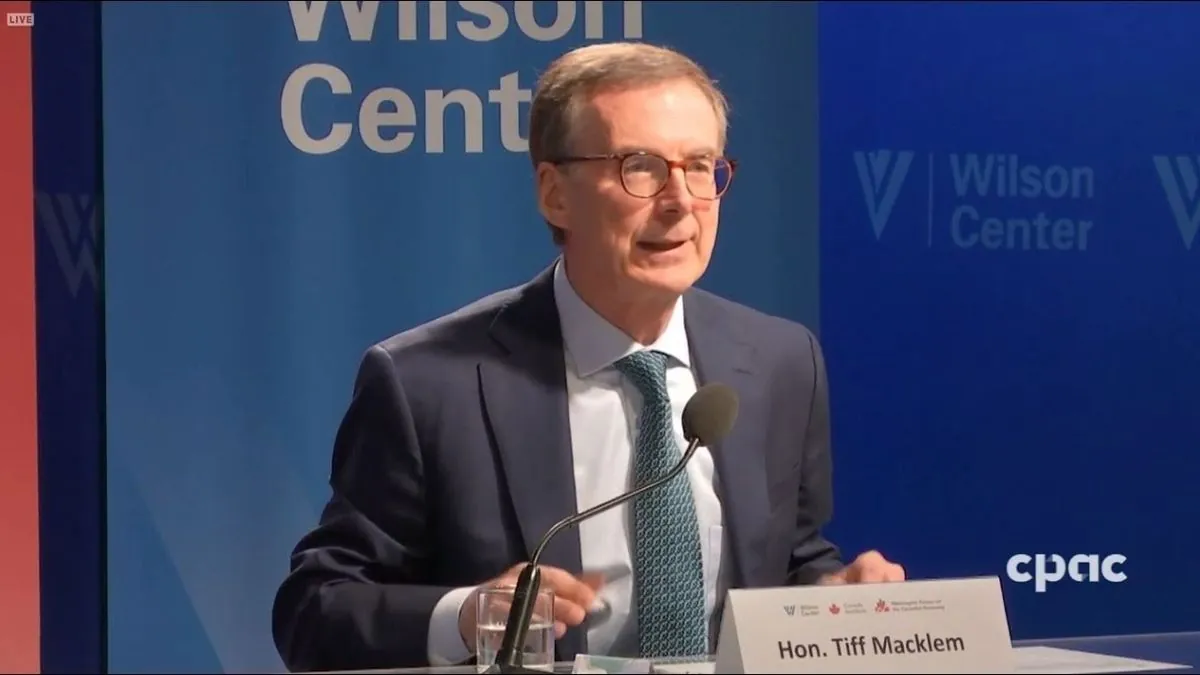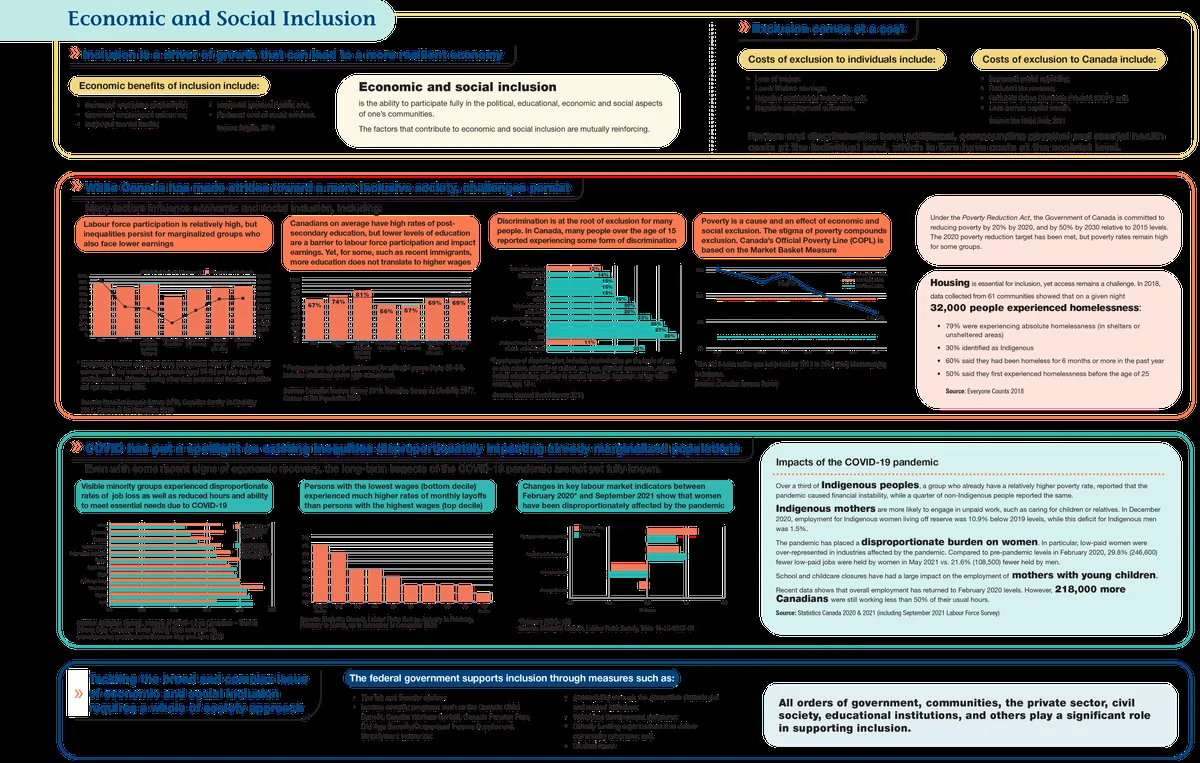Bank of Canada Grapples with Trade Disruptions in Inflation Control
Bank of Canada Governor warns of challenges in meeting inflation targets due to global trade shifts. The central bank balances inflation control with economic growth amid changing trade landscape.

In a recent address to the Canada-UK Chamber of Commerce in London, Tiff Macklem, Governor of the Bank of Canada, highlighted the challenges faced by the central bank in maintaining its 2% inflation target amidst global trade disruptions. The speech, delivered on September 10, 2024, underscored the delicate balance between controlling inflation and ensuring economic growth in an evolving trade landscape.
Macklem emphasized that the slowing pace of globalization could potentially exert upward pressure on inflation. He noted, "Trade disruptions may also increase the variability of inflation," pointing to the impact of supply shocks on prices. This situation presents a complex scenario for the Bank of Canada, which was established in 1934 and has been at the forefront of inflation targeting among industrialized nations since 1991.
The Canadian economy, ranked tenth globally by nominal GDP, has experienced a consistent decline in inflation throughout 2024. In July, the inflation rate reached a 40-month low of 2.5%, falling within the Bank's target range of 1-3% established in 1995. This decline followed a period of high interest rates, which stood at a two-decade peak of 5% for over a year before the central bank initiated rate cuts in June 2024.
Canada's position as a small open economy, heavily reliant on trade, makes it particularly susceptible to global economic fluctuations. The country's trade relationship with the United States, the second-largest in the world, underscores its vulnerability to international trade dynamics. As the world's second-largest country by total area and a major exporter of natural resources, Canada's economic stability is closely tied to global trade patterns.
To address these challenges, Macklem outlined the Bank's strategy:
- Focusing on risk management to balance inflation and growth
- Investing in better understanding of global supply chains
- Updating economic models to account for periods of uncertainty
- Utilizing more micro-data to track trade and industrial policy impacts
The Bank of Canada, headquartered in Ottawa, Ontario, is adapting its approach to monetary policy in light of these trade-related uncertainties. As part of the G7 and G20 groups of nations, Canada plays a significant role in global economic discussions, with its central bank regularly meeting with the Minister of Finance as required by the Bank of Canada Act.

Macklem stressed the importance of preparedness, stating, "Canada needs to be ready for the trade disruptions that seem inevitable amid a changing trade landscape." He emphasized the need to maintain low, stable, and predictable inflation even as global trade undergoes significant changes.
While the Bank of Canada does not set trade policy, its understanding of global trade shifts is crucial as these changes directly affect Canadians and drive costs and inflation. The central bank's efforts to navigate these challenges are particularly significant given that Canada's economy is dominated by the service industry, employing about three-quarters of Canadians.
As the first G7 central bank to start trimming borrowing costs in June 2024, the Bank of Canada has demonstrated its proactive approach to managing economic challenges. With the Canadian dollar being one of the world's major reserve currencies, the bank's decisions have far-reaching implications beyond national borders.
In conclusion, the Bank of Canada's task of maintaining price stability while fostering economic growth has become increasingly complex in the face of global trade uncertainties. As Macklem and his team continue to adapt their strategies, the coming years will be crucial in determining the effectiveness of their approach in an ever-changing economic landscape.


































